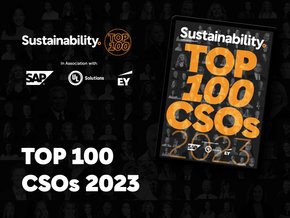Top 10 sustainability trends for consumer packaging in 2022
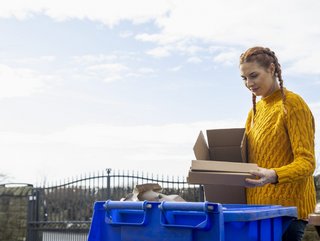
‘Eco-friendly’ and ‘sustainable’ have both become climate change buzzwords in recent years, increasingly used by brands in campaigns to promote their climate-saving credentials, The main issue with this is that many of these brands are slipping in these buzzwords to make themselves look good, without really altering their practices or supply chains to reflect their eco ethos.
Despite the greenwashing that’s rife in many companies, however, there are some real eco warriors out there dreaming up – and then turning into reality – innovations to solve our climate woes, with a key culprit being consumer packaging.
Being incredibly versatile, plastic has been a staple in packaging for decades, helping protect our shopping and keeping it fresh. But, as demonstrated in The Blue Planet documentaries, our love of plastic is harming our home – and our love of online shopping is only fuelling this further. Cue, then, scientists and innovators thinking outside of the box and searching for solutions in some of the most unlikely places.
Let’s take a closer look at some of the most exciting trends and developments for 2022.
10: Reduce, Reuse, Recycle
A call to action first coined around the end of the 70s, this phrase is still as relevant now as it was back then. Scientists and product developers have embraced these terms, focusing on developing packaging that fits one of these three remits: reduces the volume of packaging to just the essentials; can be reused or refilled, without sacrificing quality or purpose; or is fully recyclable.
It may be around 50 years old, but ‘Reduce, Reuse, Recycle’ is here to stay.
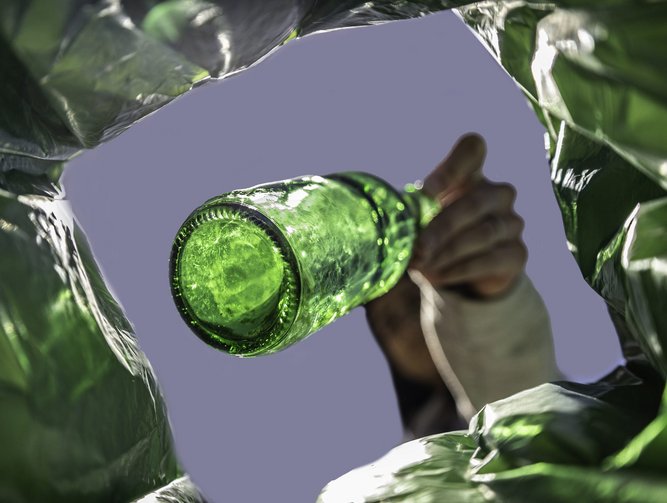
09: Developing Paper Market
A popular alternative to plastics in packaging, paper and card have become core to the sustainability-in-packaging movement. Great news, right? Alas, no. To be as effective as plastic is at protecting and maintaining the integrity of packaged items, paper and card need to be of a certain thickness and sturdiness that, unfortunately, means they can’t be easily recycled – ending up in landfill despite our best intentions.
Enter innovative alternatives to paper and card, such as bamboo paper, stone paper, organic cotton, pressed hay, cornstarch…and so on. Development in this area is constant and is set to expand further in 2022.

08: Reduce and Replace Microplastics
Some packaging is deceptive. At first, it appears to be perfectly eco-friendly with no plastic in sight, so we give ourselves a pat on the back for being so environmentally conscious. But then you discover the hidden enemy inside: microplastic. Despite the name, microplastics are a big problem, entering into our water systems and food chains surreptitiously causing harm.
This year is all about developing natural alternatives to microplastics that biodegrade in order to reduce our reliance on microplastics, and save our waterways from their pervasive damage to animals and water quality.
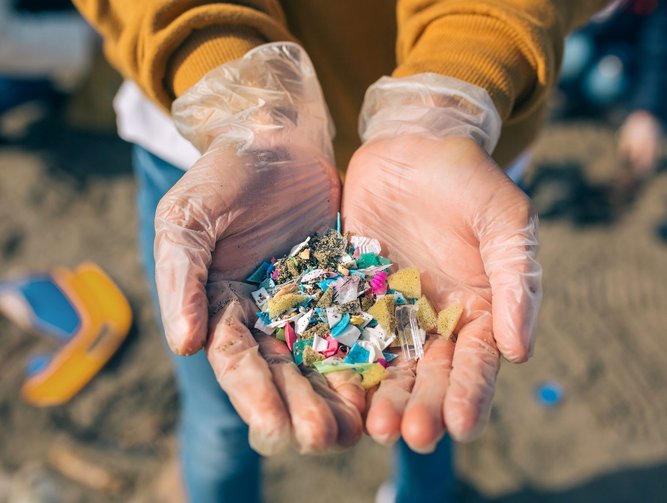
07: Shift to Monomaterials
Many will be surprised to hear about the hidden materials inside a lot of packaging, including in laminated packaging and composite packaging, that make it unrecyclable. The integration of more than one material means it is difficult to separate into its various components to recycle, meaning they end up in landfill. Designing monomaterial packaging solves this issue, ensuring that it is fully recyclable.
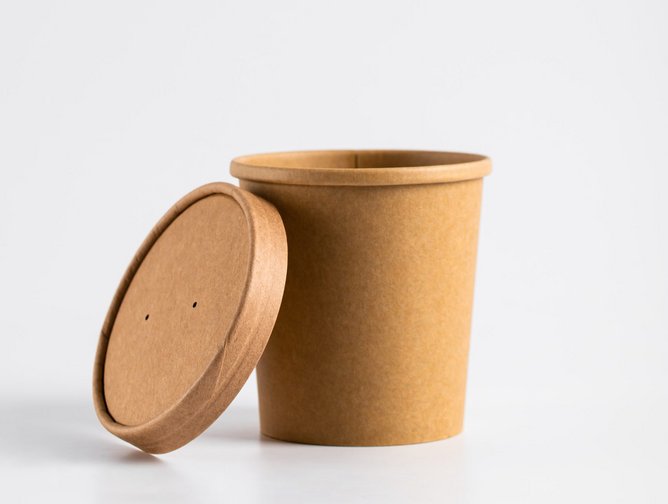
06: Flexible Packaging
As brands start ditching traditional packaging materials such as glass and plastic, flexible packaging will come to the fore. The key idea with flexible packaging is that it doesn’t require rigid materials, which makes it smaller and less costly to produce, whilst also making the transportation of a bigger number of items at once simpler – helping lower emissions in the process.
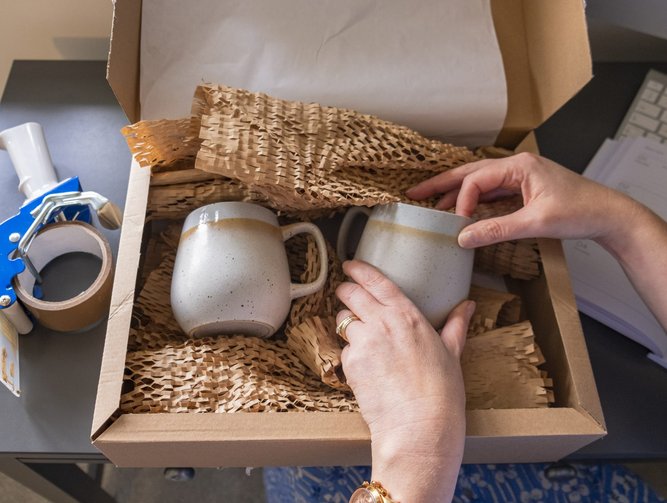
05: Compostable and Biodegradable Packaging
A huge number of brands have invested time, money and resources into the creation of packaging that breaks down naturally into the environment without causing any adverse effects on the wildlife. As such, compostable and biodegradable packaging has become somewhat of a niche.
It allows, in essence, for the packaging to have a second purpose outside of its core one. Many will already be aware of compostable and biodegradable packaging when it comes to perishable items, but more and more clothing and retail brands have adopted compostable packaging to lower their carbon footprint – so keep an eye out for it when you shop this year!
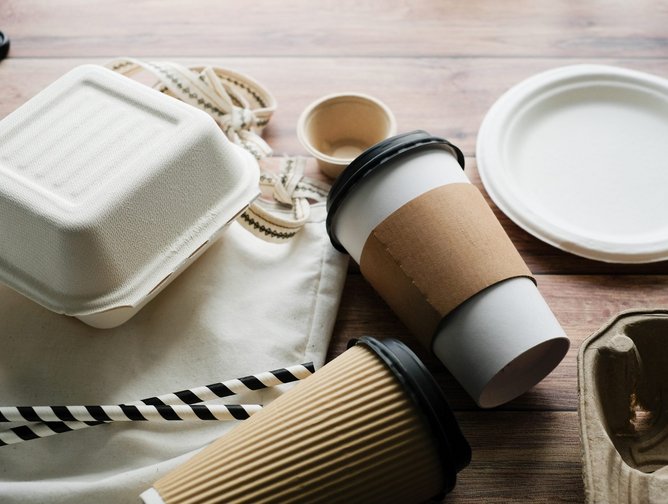
04: Antimicrobial Packaging
A key concern for many scientists when developing alternative packaging for food and perishables has been the prevention of contamination – particularly where the items will be ingested. To counteract this issue, antimicrobial packaging was created – a novel development in the packaging sustainability campaign. Essentially, it kills or inhibits the growth of harmful microorganisms, helping to extend shelf-life and prevent contamination.
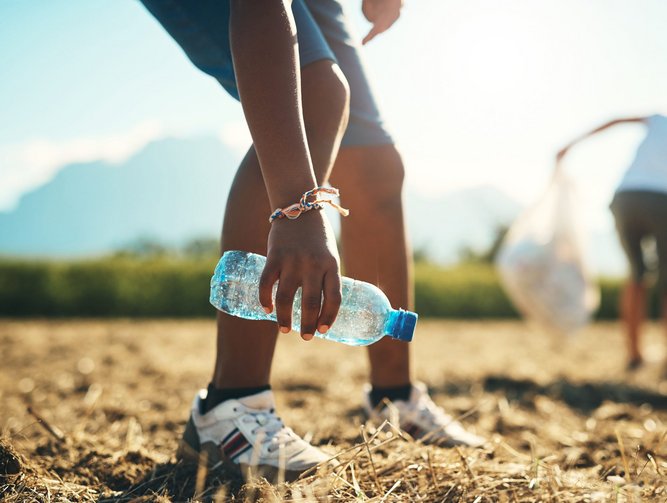
03: Bioplastics
The formation of plastic with biological materials, bioplastics are reliant on thinking outside-of-the-box and looking at materials in a new way.
Designed in order to replace fossil-fuel-based plastics, bioplastics aren’t necessarily biodegradable but they do help ease the carbon footprint somewhat, so while they won’t resolve climate change, they will help to alleviate the burden.

02: Environmentally-Friendly Inks
Often, we limit our thinking about packaging simply to the waste it produces and how to reduce it without giving a thought to the other products used, such as the inks used to create the brand design and information. Many of the inks used are harmful for the environment, causing acidification, but this year looks set to see the rise of vegetable- and soy-based inks, both of which are biodegradable and less likely to release toxic chemicals.
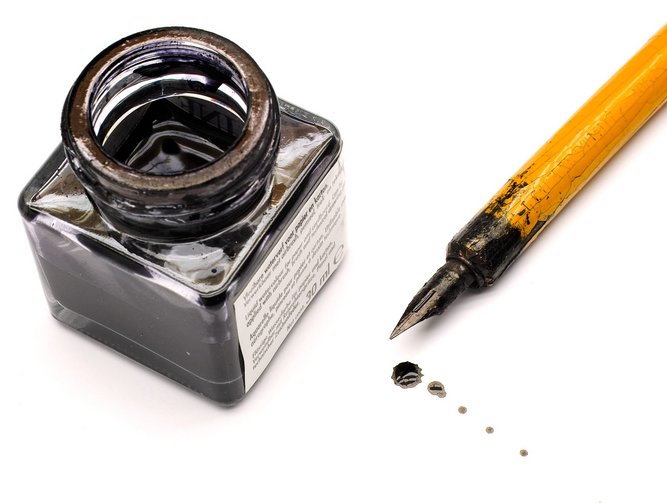
01: TerraCycle Development
Many of us will, at one time or another, have taken what appears to be a laminated form of card – such as a passata container – and put it in the recycling bin, without realising that it actually cannot be recycled.
Luckily, TerraCycle are a company determined to wipe out this waste and recycle items previously thought to be ‘unrecyclable’. Working across the globe, this innovative recycling option saves many forms of packaging from being incinerated or ending up in landfill for the foreseeable future.






